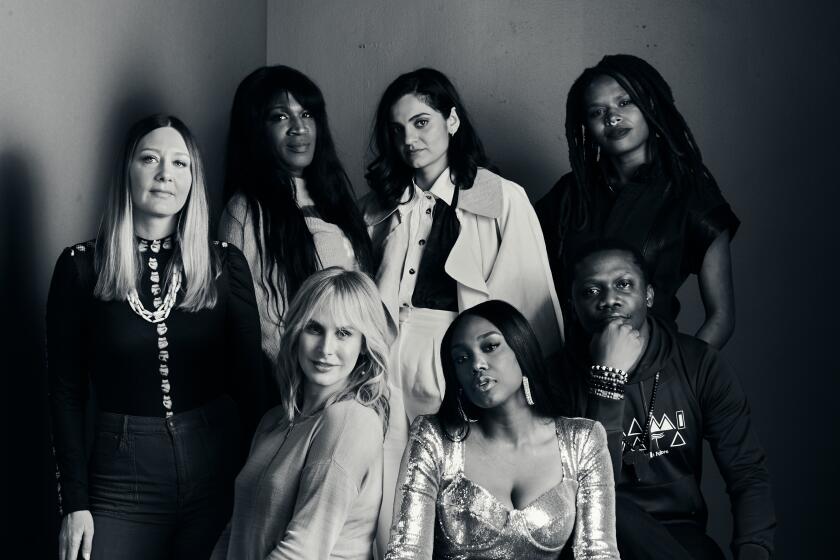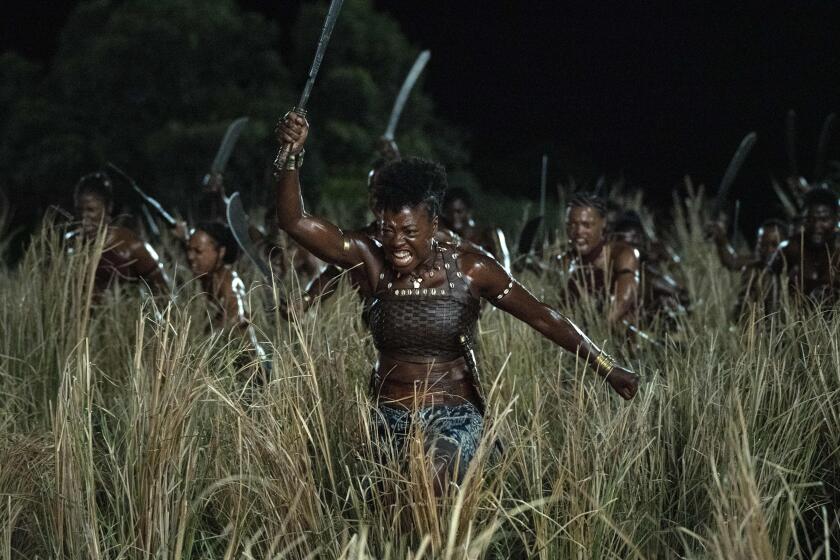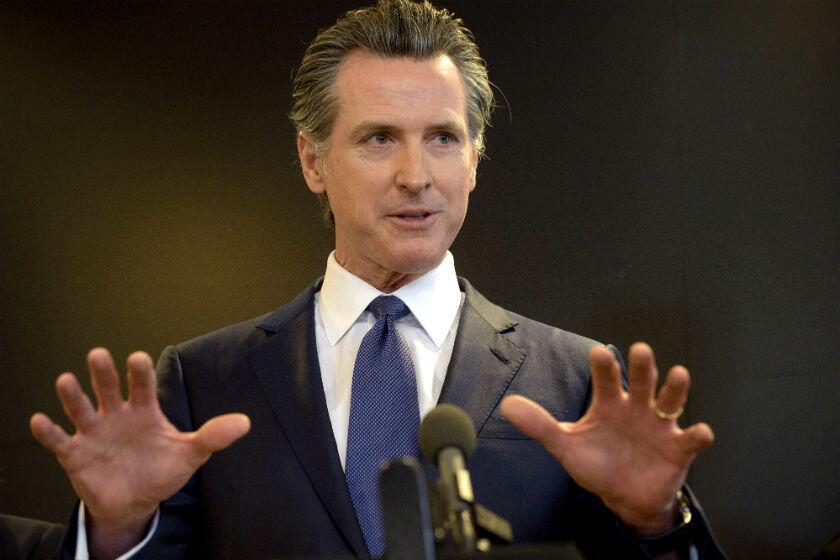Sundance Institute gets $4 million to support Indigenous filmmakers
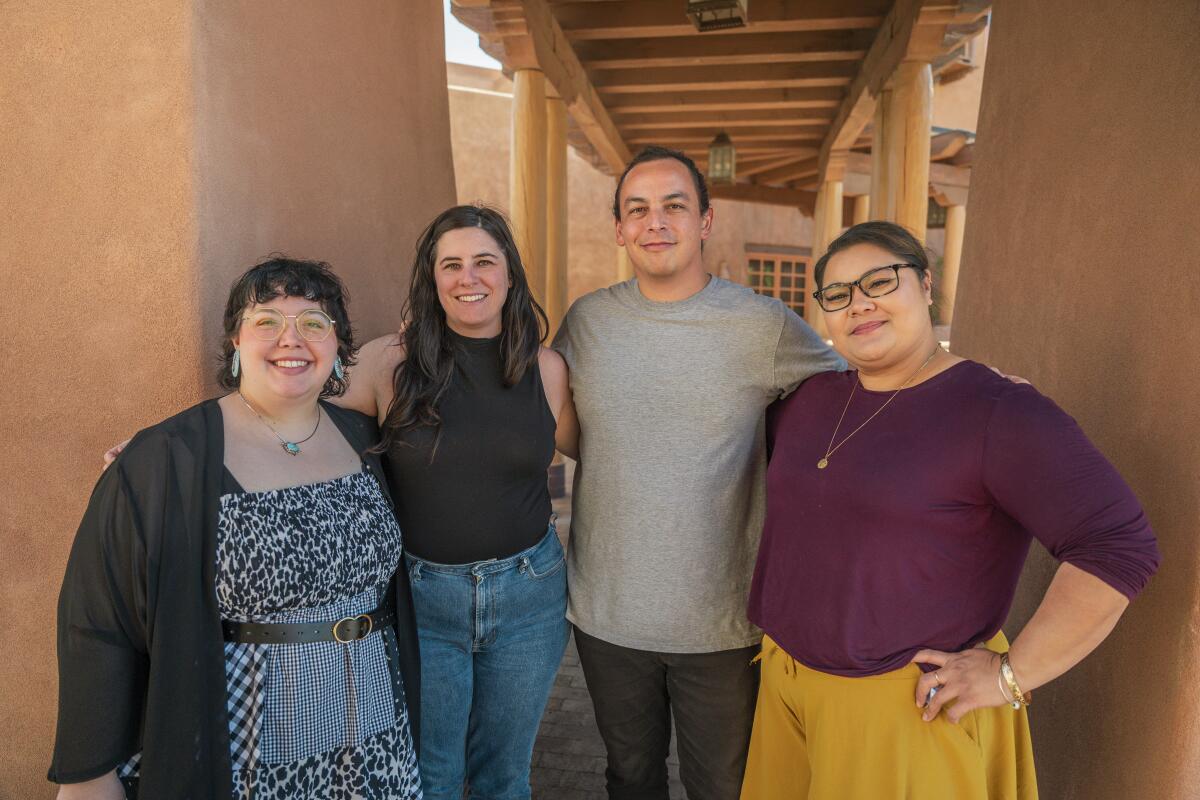
- Share via
The nonprofit behind the annual Sundance Film Festival has received its largest endowment ever — totaling $4 million — to fund programs meant to boost Indigenous filmmakers from California tribes.
The donation, which the Park City, Utah-based Sundance Institute announced Wednesday, comes from the Federated Indians of Graton Rancheria, a Northern California tribe made up of Coast Miwok and Southern Pomo groups.
The federation’s tribal chairman, Greg Sarris, has a personal history with Sundance, which filmmaker Robert Redford founded in 1981.
Sarris, born and raised in Santa Rosa, took part in Sundance’s screenwriters lab in 1992. He went on to write and produce the 1996 HBO miniseries “Grand Avenue,” adapted from his short story collection of the same name, which delved into the struggles of Native Americans living in his hometown. Redford served as an executive producer.
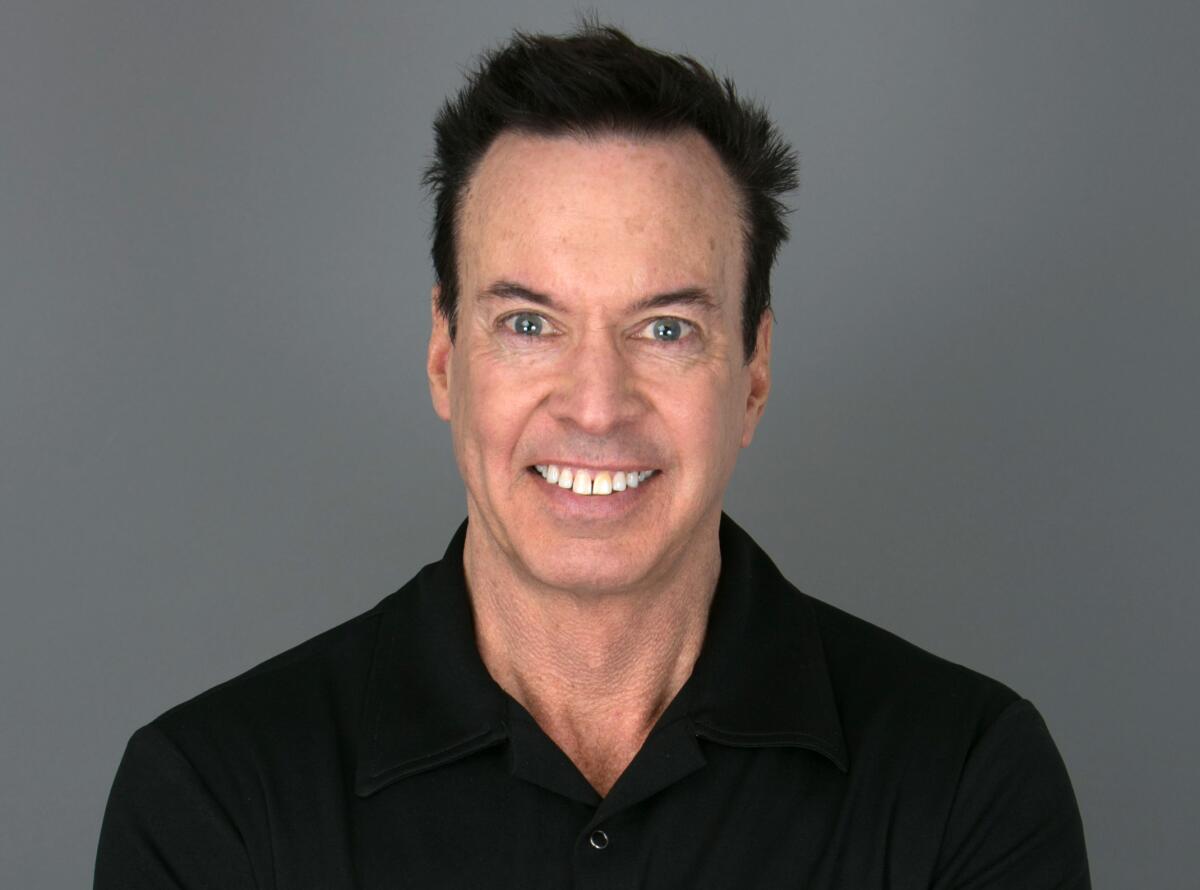
Sarris, speaking by phone this week, said he wanted to give back to the organization that helped him in his career as a creator.
“I wanted to have something in place [so] that young filmmakers in California will have ... the wonderful opportunity I had at Sundance to do what I did,” Sarris said.
To commemorate next year’s 40th edition of the Sundance Film Festival, we’re spending 12 months looking at the lives of 7 members of this year’s class.
The tribe’s gift will support 13 scholarships and a fellowship for emerging and mid-career Indigenous artists, the institute said. With the new donation, Sundance’s endowment has a current value of $28 million.
“It’s both giving back, but also it’s giving forward,” Sundance Institute Chief Executive Joana Vicente said of the federation’s support. The institute has offices in Los Angeles and New York, in addition to its Utah headquarters.
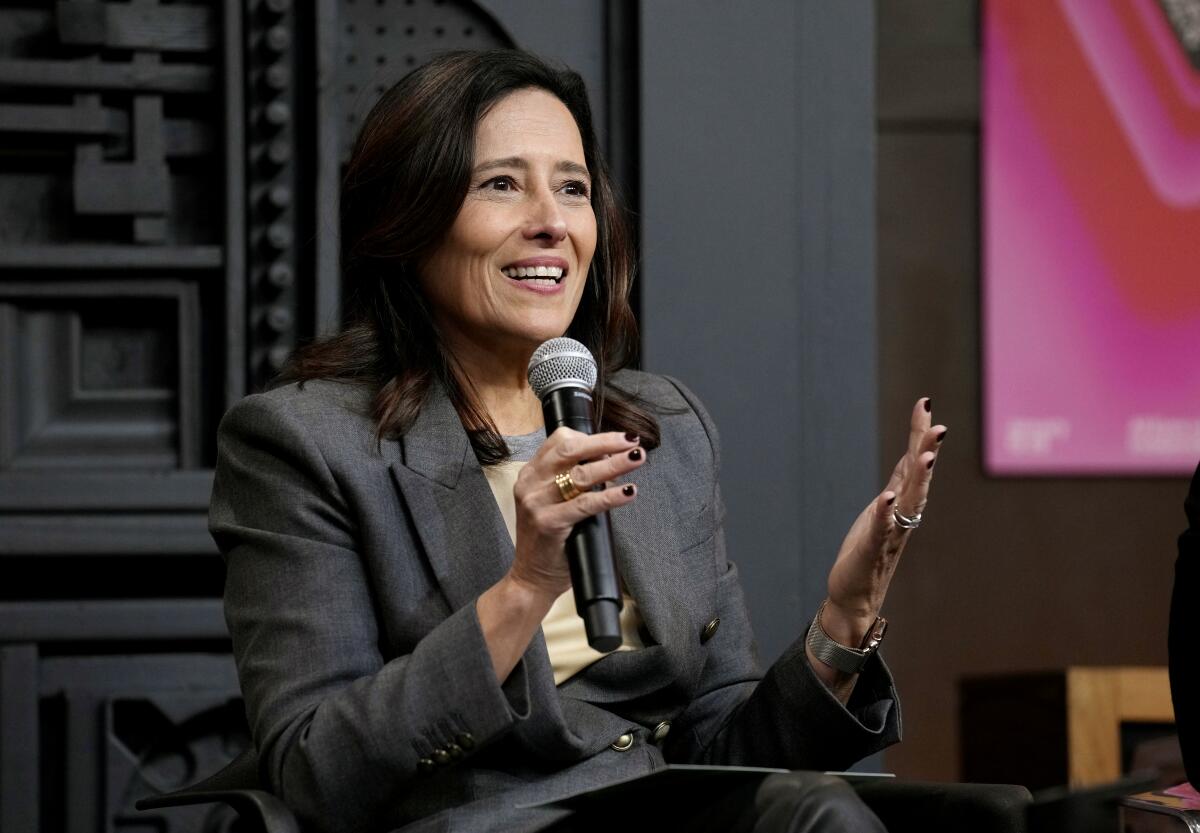
Indigenous filmmakers remain underrepresented in Hollywood.
In 2022, 0.4% of theatrical film roles were portrayed by Native actors, while 64% were played by white actors, according to a report by the UCLA Entertainment and Media Research Initiative, which examined the top 89 English-language movies in theaters based on box office data. Native actors did not receive any lead roles in major theatrical films in 2022, the report said.
There were no Native directors reflected in 2022’s top English-language theatrical films, nor in the top 100 streaming movies based on Nielsen ratings, according to the report.
Representation by people of color as movie leads and film writers has slid back to 2019 levels, according to UCLA’s Hollywood Diversity Report.
The Sundance Institute has a long history of supporting Indigenous artists, which has been a personal passion of Redford.
The group has championed creatives including “Jojo Rabbit” filmmaker and “Reservation Dogs” co-creator Taika Waititi, “Reservation Dogs” co-creator and director Sterlin Harjo and “Fancy Dance” writer-director Erica Tremblay.
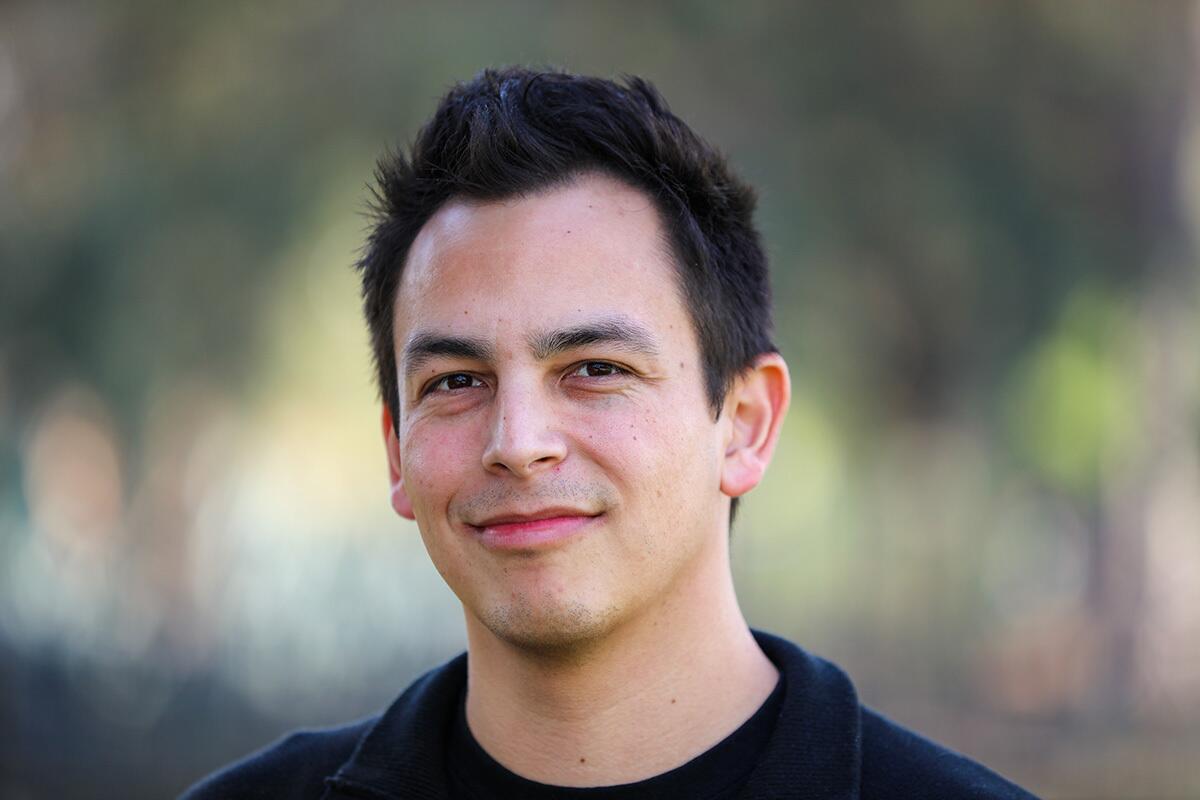
“This is a community that has historically been overlooked since the beginning of film, since the beginning of TV, even though everything gets made on their own land,” said Adam Piron, director of the institute’s Indigenous program, of California Native artists and filmmakers. “It’s been something that’s been largely kind of shameful of the industry.”
New Mexico’s Tesuque Tribe has opened Camel Rock Studios in response to Native Americans being ‘misrepresented and marginalized’ in entertainment.
The expansion of the institute’s scholarships comes at a time when there is growing concern in the industry about whether Hollywood’s commitments to diversify will continue amid cost cutting by studios and pressure on streaming services to improve profits.
The Sundance Institute, like other nonprofits, is also dealing with the challenges of an uncertain economy, which has hampered its ability to fundraise. Revenue for the Sundance Institute is down 8% this year compared to fiscal 2022, according to the group.
More to Read
Inside the business of entertainment
The Wide Shot brings you news, analysis and insights on everything from streaming wars to production — and what it all means for the future.
You may occasionally receive promotional content from the Los Angeles Times.
